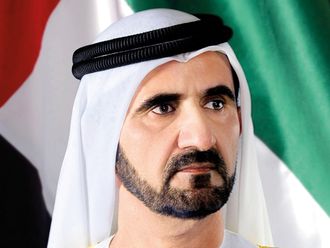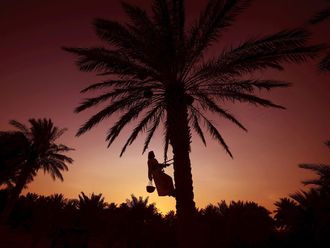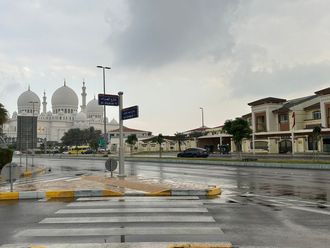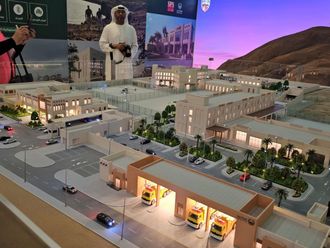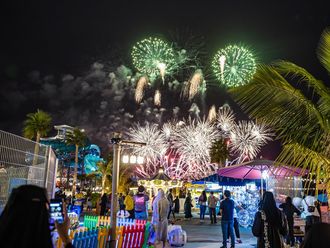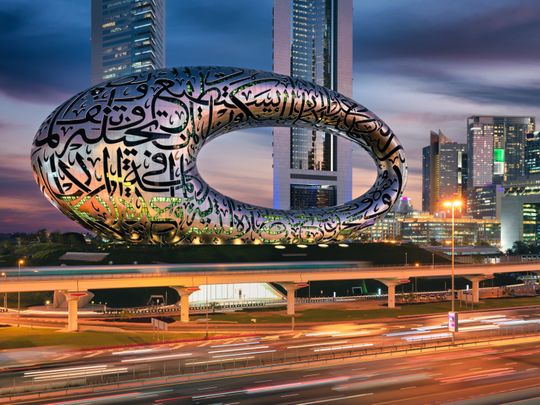
Dubai: Excitement builds as people await the opening of the doors of Museum of the Future in Dubai on February 22. Nestled in the heart of Dubai’s main arterial highway, Sheikh Zayed Road, beside the driverless metro system, the futuristic museum is not only the city’s latest dynamic landmark but also a manifestation of the collaboration between man and machine.
“The glimmering, futuristic building represents humankind in all its strength, creativity and unmatched ability to exist within its surroundings,” noted UAE Government Media Office on Tuesday, explaining: “The building’s elliptical void represents the unknown; a statement of all that which we do not yet know – in a word, the future. Its Arabic calligraphy-wrapped façade displays Emirati passion for the arts, culture, discovery and the endless pursuit of knowledge, innovation and progress.”
Robots and algorithms
Standing 77m tall, the avant-garde façade is made of stainless steel and glass, consisting of 1,024 separate panels, each one specially created by robots and algorithms.
The number of panels has its own significance. It represents a basic unit of the digital information storage system of computers, which is a kilobyte, and each kilobyte is equal to 1,024 bytes. The Arabic script windows cast light into the interior by day, and – at night – illuminate the city’s iconic skyline with 14km of energy-saving, resource-efficient LED lights.
Windows allowing natural light to flood into the seven-storey structure are designed in the form of calligraphy intricately 3D-mapped onto the building’s curved body.
Distinct panels
Due to the building’s complex geometry and flowing calligraphy, each separate panel is unique - no two are alike. Each piece had to be individually precast and produced, with numerous prototypes designed and manufactured before a winning formula could be achieved.
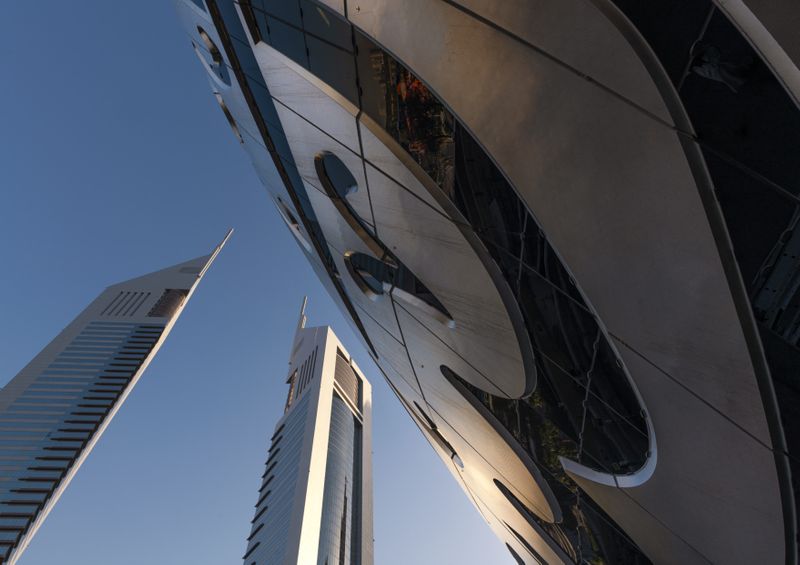
Every single panel was produced using automated robotic arms. Each panel is made up of four layers and was created following a complex 16-step process. The precision and focus required to create each panel meant that only several could be produced per day.
The installation period for the façade lasted around 18 months. Parametric modelling was essential to determine the final position, size and dimensions of the Arabic lettering on each panel to ensure it offered optimum balance between natural light, solar heat gain and air conditioning load without compromising its architectural aesthetic.
Renewable capabilities
The innovative design and engineering principles deployed represent the future of Dubai and the extraordinary talent of its citizens and residents. The low-carbon project features passive solar architecture through its extraordinary façade, as well as low-energy and low-water engineering solutions with integrated renewable capabilities.
The Museum of the Future is a shining example of the city’s low-carbon future and is a significant product of the Dubai Future Foundation, aimed at positioning Dubai as a leading city of the Future.
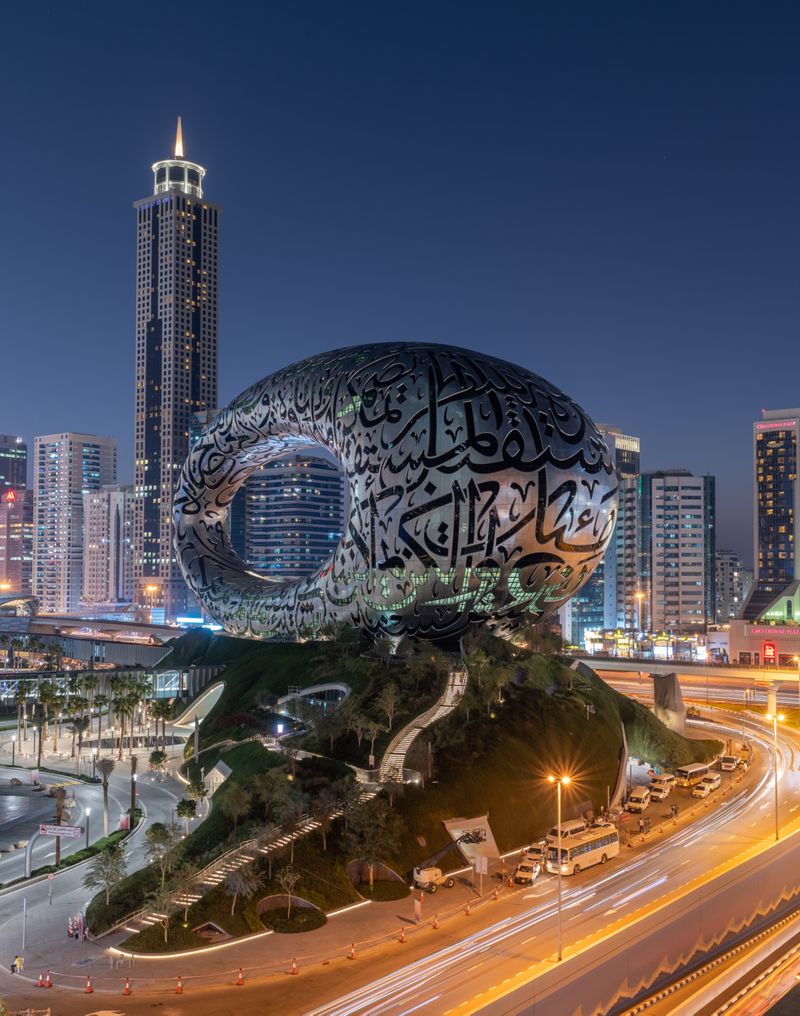
Future of the world
Built by both man and machine, the museum reflects the limitless ambition of the UAE to create an optimistic future for the region and world.
All these are reflected on the exterior of the building with words from His Highness Sheikh Mohammed bin Rashid Al Maktoum, Vice President and Prime Minister of the UAE and the Ruler of Dubai.
Featuring three extracts from Sheikh Mohammed’s quotes, one particularly fitting in the context of this architectural masterpiece reads: “The future belongs to those who can imagine it, design it and execute it. It isn’t something you await, but rather create.”
To that Sheikh Mohammed added: “We may not live for hundreds of years, but the products of our creativity can last even longer.”


